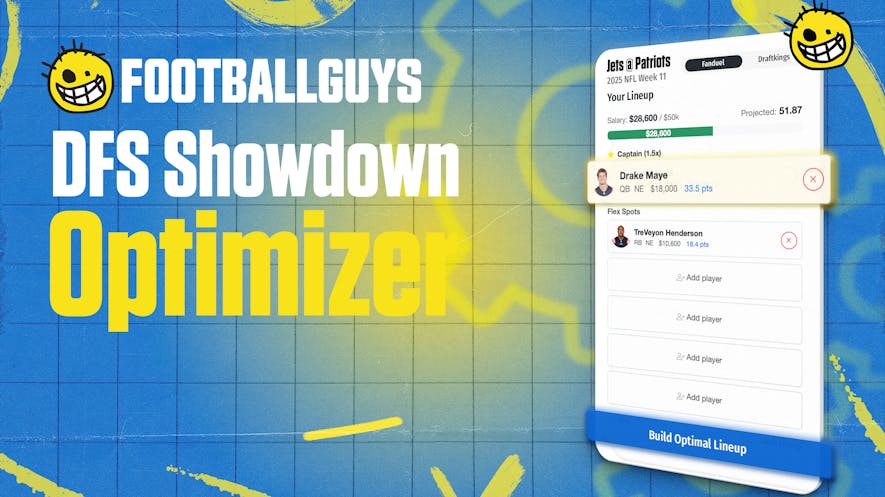There's a lot of strong dynasty analysis out there, especially when compared to five or ten years ago. But most of it is so dang practical-- Player X is undervalued, Player Y's workload is troubling, the market at this position is irrational, and take this specific action to win your league. Dynasty, in Theory is meant as a corrective, offering insights and takeaways into the strategic and structural nature of the game that might not lead to an immediate benefit but which should help us become better players over time.
The Power of First Principles
The exact forms ebb and flow-- analytics, machine learning, "AI" and Large Language Models (or LLMs)-- but data-driven investigations are ascendent across society. Fantasy football is no exception; there's no shortage of new studies coming out or new tools cropping up that leverage huge troves of data from tens of thousands of leagues to reach new insights.
As the name of this column might suggest, I tend to prefer the classics-- solving problems and reaching insights just by thinking about things for a bit. (If I want to dress it up, I'll call it "reasoning from first principles", but it amounts to the same thing.) I can conduct a study or build a model if I have to, but I'd rather skip all that messy data collection and processing if possible.
Done well, reasoning from first principles can be incredibly powerful, especially for addressing questions that aren't amenable to data-driven analysis.
For instance, in 2013, I summarized existing studies on "beating" the NFL draft. They found that 1st round picks were more likely to become stars than 4th round picks, and occasionally a team would string together several successful picks in quick succession, but over long timelines, no team drafted better than any other team, suggesting any short-term deviations were driven by chance alone.
I compared this to the Efficient Market Hypothesis, which states that assets are priced based on all available information and suggests any future movement will only be the result of new information. One implication of this is that unless you have information that the market doesn't possess, it's impossible to "beat the market" in the long run.
But then I considered some of the differences between the NFL draft and the stock market. In the stock market, if an asset is overpriced, there is a mechanism whereby outsiders can push that price down (through e.g. shorting that stock). The draft lacks any such mechanism-- if the Las Vegas Raiders want to spend the #3 pick on a questionable receiver who ran a 4.3 40-yard dash, there's nothing the New England Patriots can do to make that receiver fall further.
I suggested both a "strong form" and a "weak form" of the efficient market hypothesis for the NFL draft. The "strong form" claimed that a player's draft position is fully reflective of his NFL prospects, given all available information at the time, and players are equally likely to underperform or overperform that price. The "weak form" said that draft position is fully reflective of NFL prospects given all available information for players who were drafted at or below the consensus but was not reflected for "reaches" (or players drafted earlier than they "should have" been).
And then I wrote: "I tend to favor the strong-form version of the hypothesis, though, out of sheer practicality; it is impossible to know what the actual NFL consensus really was."
That was correct... when I wrote it. In 2014, a journalist named Arif Hasan started compiling a "consensus big board", which aggregated all of the predraft rankings from every pundit and analyst he could find. The project grew over the years and by 2024 included more than 100 draft boards.
In 2021, a study on Hasan's consensus big board found that it did, indeed, predict NFL draft position. With that established, a subsequent study looked at career outcomes of players who were deemed "reaches" or "steals" according to the consensus big board.
The second study found that "steals" (or players who fell past their projected draft position) did not perform any better, on average, than "non-steal" players drafted in the same range. On the other hand, "reaches" (or players drafted significantly earlier than projected) did underperform their draft position-- though they outperformed the original projection. (On average, they were worth about as much as a player picked halfway between where they were drafted and where they were projected.)
That second study fully validated the weak form hypothesis postulated from first principles nearly a decade prior.
Continue reading this content with a ELITE subscription.
An ELITE subscription is required to access content for Dynasty leagues. If this league is not a Dynasty league, you can edit your leagues here.

